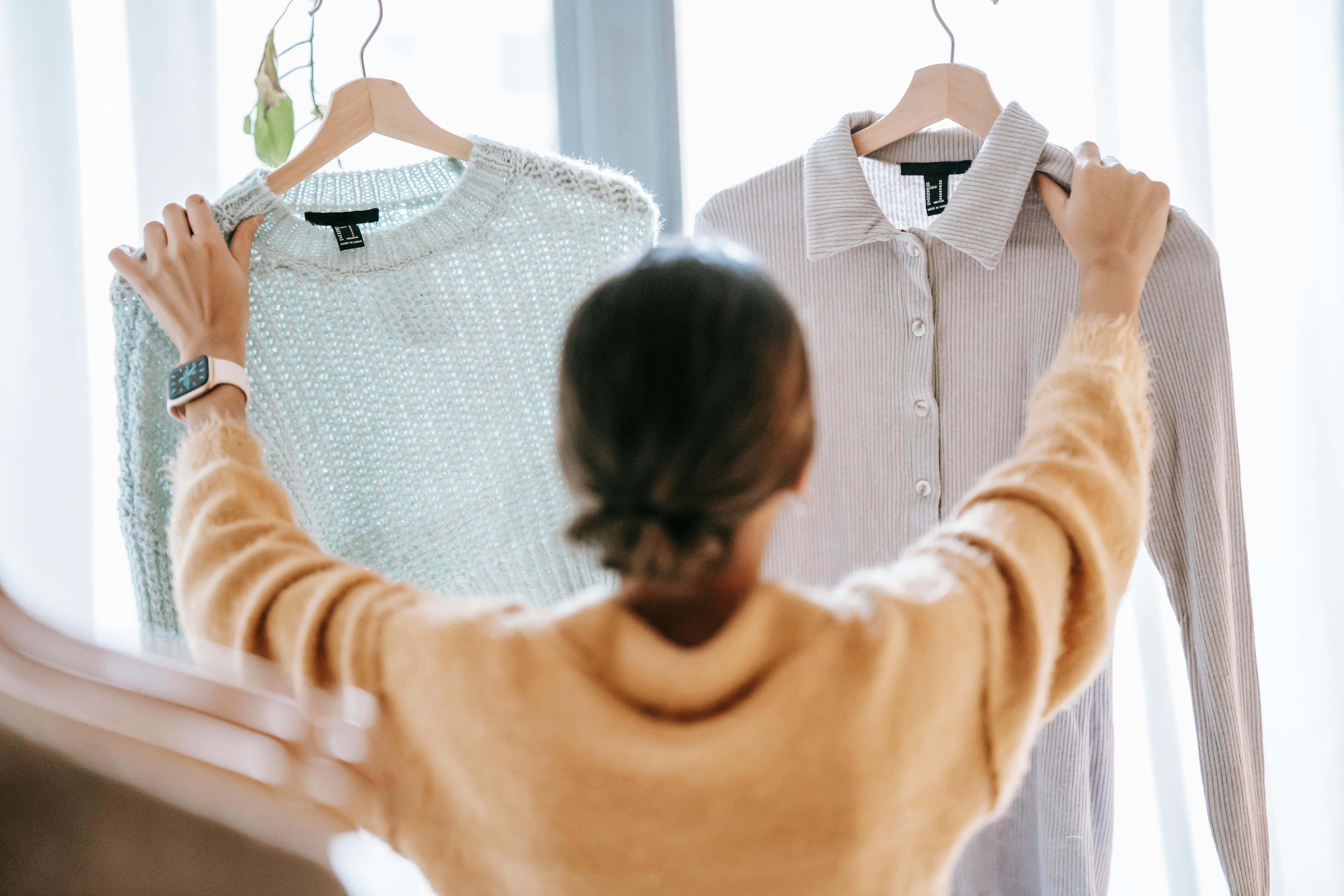In general, powder coating can be considered an environmentally friendly method of applying a finish, particularly as it avoids the use of solvent-based paints, avoids waste from overspray and any unused powder can be recycled by complete and use again.
Although powder coating was envisioned as a method of finishing metal, the technology has evolved to the point where it is now a common choice for ceramics, plastics, and even wood.
Research shows that powder coating is the fastest growing coating medium and with the environmental advantages coupled with its excellent finishing properties, it is a trend that is likely to continue.
Powder Coating Types
There are two main types of powder coatings; thermosets and thermoplastics
With thermosetting variations, as the powder is baked, it reacts with the chemicals in the powdered polymer, increasing the molecular weight; improving performance properties.
The types of thermoplastics do not specifically change or have additional reactions, they just flow into the final coating.
powder coating process
Stage 1 – Pretreatment
It is about preparing the component or part, and like any paint application, preparation is of the utmost importance to achieve the best possible finish.
Removal of oils and lubricants and metal oxides is essential and this is usually done by a variety of chemical and mechanical procedures, also depending on the material, size and finish required.
Multi-stage chemical pretreatments generally involve the use of phosphates or chromates by immersion or spray.
From an environmental perspective, those who offer phosphate preparations are my preferred choice as chromates can be toxic to the environment.
Another preparation method is sandblasting and shot blasting, in which abrasives are used to texture the surface and prepare the wood, plastic or glass.
Silicon carbide is suitable for polishing metals and blasting with plastic media uses plastic abrasives that are sensitive to substrates such as aluminum.
Stage2 – The application of the powder
The most widely used method is electrostatic spraying using a spray gun.
The object is grounded and the gun imparts a positive electrical charge to the powder which is then sprayed and accelerated towards the component by the powerful electrostatic charge.
The component is heated and the powder melts into a uniform film and cools to form a hard layer. Sometimes we heat the metal first and spray the powder onto the hot substrate. Preheating can help achieve a smoother finish, but it can also create other problems, such as smears caused by excess powder.
Powder can also be applied using specifically adapted electrostatic discs.
Another method, known as the fluidized bed method, involves heating the substrate and then immersing it in an aerated bed filled with powder.
The powder sticks to and melts on the hot object, and more heating is required to finish curing the coating. This method is generally used when the coating exceeds 300 microns.
Electrostatic Fluidized Bed Coating: Electrostatic fluidized bed application uses the same fluidizing techniques as above but with much less depth of powder in the bed. Electrostatic charging occurs in the bed, so the powder becomes charged as it is lifted by the fluidizing air. The charged dust particles form a charged dust cloud above the fluid bed. When a grounded part passes through the charged cloud, the particles will be attracted to its surface. The pieces are not preheated.
Electrostatic Magnetic Brush (EMB) coating is a coating method for flat materials that applies powder coating using the roller technique.
Stage 3 – Cured
When thermosetting powders are exposed to large increases in temperature (usually via a convection or infrared curing oven), they begin to melt, flow, and then react to form a higher molecular weight polymer. This curing process, called crosslinking, requires a certain degree of temperature for a certain period of time to achieve full cure and establish the full film properties for which the material was designed.
What are the disadvantages of powder coating?
- Very thin coatings may show pinholes
- Very frequent color changes can take a long time
- Inside corners may have low film thickness
- Can be tricky around sharp corners
- You need experience to maintain the uniformity of the thickness.
- Color matching and uniformity can be more difficult than with liquid paints
What are the advantages of powder coating?
- Environmentally friendly – no solvents required
- Economic
- The finishes are strong and flexible, making it difficult for them to chip or crack.
- Generally gives a 100% solid coating
- Almost no waste is produced
- Wide range of colors and finishes.
- rust free
- It can be applied in a wide range of thicknesses.
- Can produce thick coatings without running or sagging
- Special effects are easily achieved.
- Fast response times
- Protection against external UV fading
- Exceptional color retention
- Excellent electrical insulation capabilities.
- Resistant to most chemicals and solvents.
recommendations
powder coating; being an economic system; it not only completes the desired aesthetic qualities of the product, but also offers excellent durability and resistance to scratches and chemical corrosion, even in the harshest environments.
Using this system, powders are immediately ready to use and require no mixing, which eliminates finishing variables, reduces processing time and results in superior film properties.
